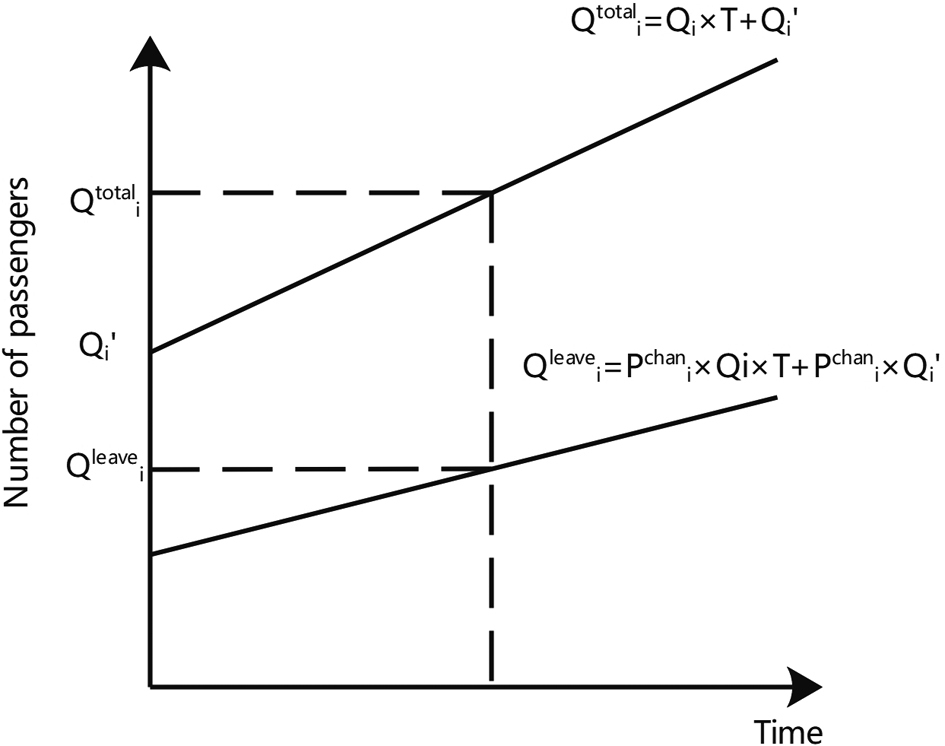Research on emergency bus shuttle dispatch under sudden interruption of urban rail transit
1
School of Transportation Management, Nanjing Vocational Institute of Railway Technology, China
Submission date: 2024-06-01
Final revision date: 2024-07-21
Acceptance date: 2024-08-06
Publication date: 2025-09-16
Corresponding author
Limin Cao
School of Transportation Management, Nanjing Vocational Institute of Railway Technology, China
School of Transportation Management, Nanjing Vocational Institute of Railway Technology, China
Archives of Civil Engineering 2025;71(3):399-413
KEYWORDS
TOPICS
ABSTRACT
Rail transit systems, fundamental to urban mobility, frequently encounter disruptions necessitating prompt and effective emergency responses, particularly for connecting bus services that transport passengers to affected rail lines. This research paper explores emergency dispatch methods for abnormal connecting buses in rail transit, concentrating on enhancing the responsiveness and efficiency of dispatch protocols during non-standard operational scenarios. By delineating the emergency shuttle service process and identifying key factors, a shuttle bus emergency dispatch model was developed for both single-line and multi-line emergency scenarios, considering passenger travel behavior and vehicle operation modes. The decision variables included the stopping plan, dispatch quantity, and departure frequency, with the objective of minimizing total passenger travel time. Constraints related to resources, time, demand, safety, and physical limitations were incorporated. Given the integer nature of the decision variables concerning the number of vehicles dispatched and the stopping plan, a solution process was designed using a discrete particle swarm optimization (DPSO) algorithm, and the model was subsequently solved.
We process personal data collected when visiting the website. The function of obtaining information about users and their behavior is carried out by voluntarily entered information in forms and saving cookies in end devices. Data, including cookies, are used to provide services, improve the user experience and to analyze the traffic in accordance with the Privacy policy. Data are also collected and processed by Google Analytics tool (more).
You can change cookies settings in your browser. Restricted use of cookies in the browser configuration may affect some functionalities of the website.
You can change cookies settings in your browser. Restricted use of cookies in the browser configuration may affect some functionalities of the website.




